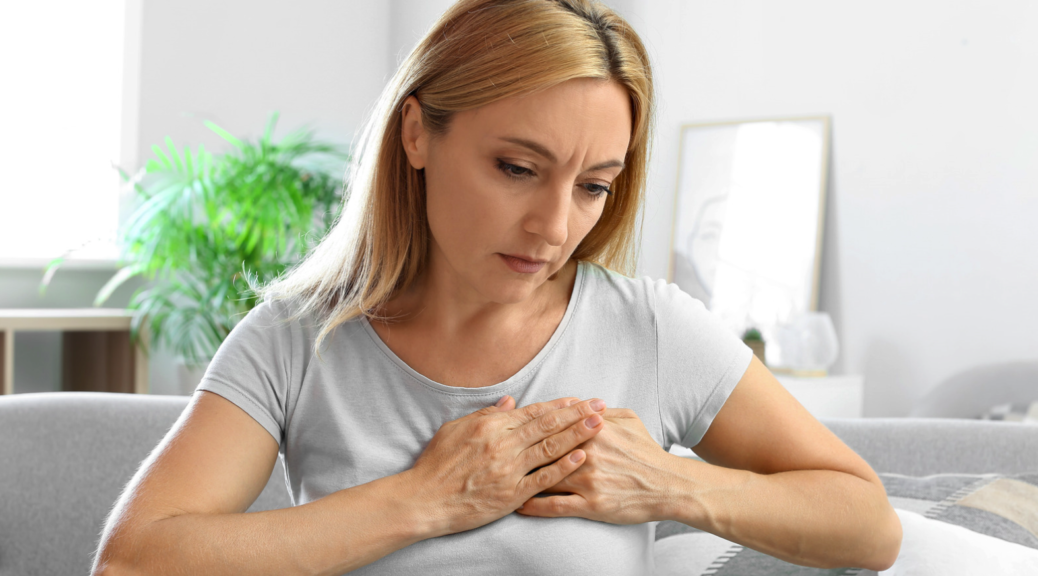
Can mastitis increase the risk of postpartum depression?
In September 2023, a study published in China on the link between lactational mastitis and postpartum depression was published. The results obtained are striking, especially given the lack of evidence of quality in breastfeeding care.
The research article estimates the incidence of mastitis at between 9 and 20% of people who breastfeed. The researchers point out that breast pain, frustration, exhaustion, stress, and concerns relating to breastfeeding may increase the risk of postpartum depression, and this has been the motivation for investigating whether a mastitis process that presents the above factors may increase the risk of postpartum depression.
The study was conducted at the Shanghai Maternal and Children’s Hospital among women who gave birth there between January and April 2021 and followed up to 42 days postpartum. A total of 1,551 participants were recruited, of whom 147 were diagnosed with lactational mastitis by experts in breast conditions during the postpartum period. Their demographic characteristics were not significantly different from those who did not have mastitis.
Signs of postpartum depression were assessed at 6 weeks by using the Edinburgh Postnatal Depression Scale (EPDS) and the Patient Health Questionnaire 9 (PHQ9).
Lactational mastitis was significantly associated with higher scores on both the EPDS and PHQ9 during the postpartum period. In comparison, when compared with women who had not experienced lactational mastitis, the mean EPDS score was higher by 1.14 points, and the mean PHQ9 score was higher by 0.78 in women who had experienced lactational mastitis after childbirth.
Lactational mastitis was significantly associated with an increased risk of postpartum depression. Compared with women with no experience of lactational mastitis, the risk of postpartum depression (EPDS score ≥ 9 or PHQ9 score ≥ 5) was increased by 68% in women who had experienced lactational mastitis after childbirth.
During the research, 28.4% of all participants were observed to have depressive symptoms (EPDS score ≥ 9 or PHQ9 score ≥ 5), of which 17.1% had an EPDS score ≥ 9 and 24.8% had a PHQ9 score ≥ 5.
Women with lactational mastitis experienced a 68% higher incidence of depressive symptoms 6 weeks after giving birth.
All findings provide evidence that lactation mastitis increases the risk of depression and self-harm or suicidal ideation during the postpartum period, something we should be very mindful of in clinical practice and care for women who experience mastitis or pain during lactation.
One thing to consider is that the participants were only followed up to 42 days postpartum. Although literature tells us that the peak of mastitis is usually around 3 weeks of the baby’s life, we know that it can appear at any time during lactation, so it is possible that the data provided by the research may increase among the breastfeeding population.
References
Shen, F., Zhou, X., Guo, F., Fan, K., Zhou, Y., Xia, J., Xu, Z., & Liu, Z. (2023). Increased risk of postpartum depression in women with lactational mastitis: a cross-sectional study. Frontiers in psychiatry, 14, 1229678. https://doi.org/10.3389/fpsyt.2023.1229678